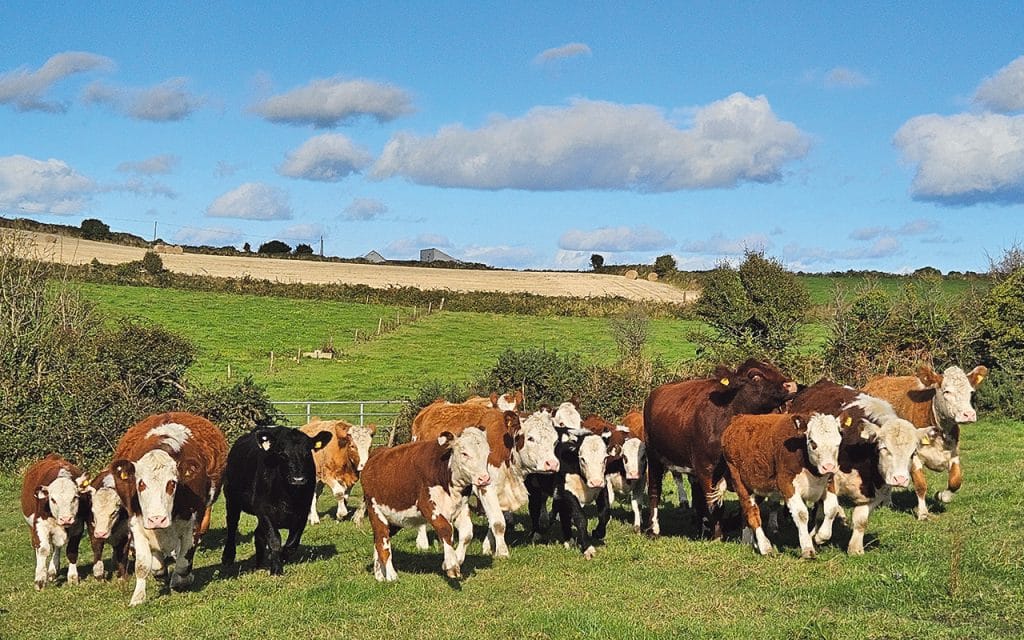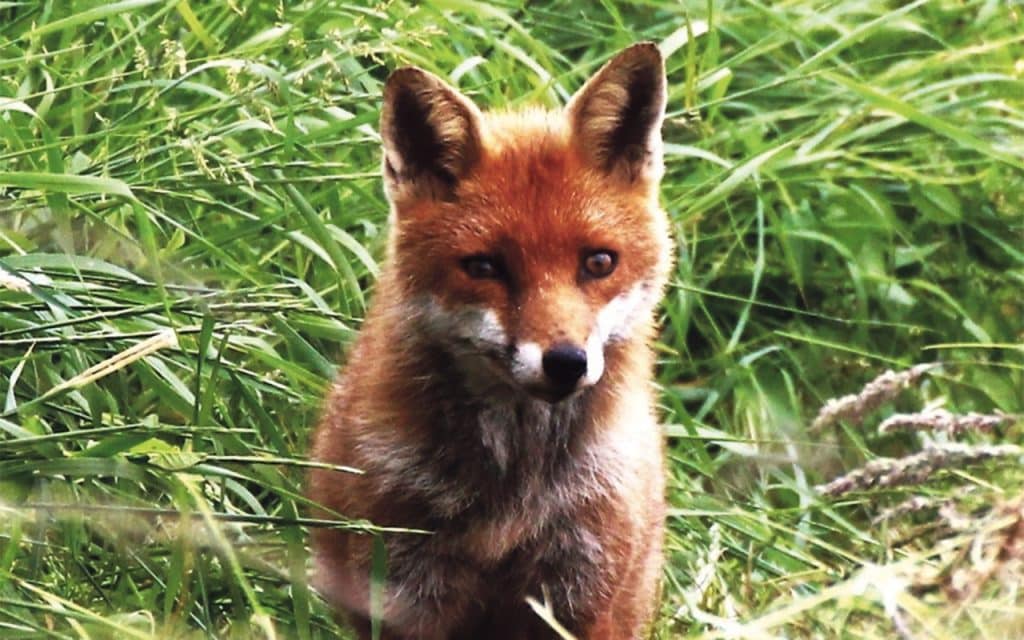
The week of sunshine around the ploughing has drifted into distant memory and you’d swear we have just skipped October and gone straight into November. Southeasterly wind storms tend to be the worst here and the one on the last weekend of September left every east-facing window with a spattering of greenery blown onto them, as the winds rattled the trees and hedges on the seaward side of the house.
All groups of cattle were given the option of shelter on the Saturday evening ahead of the strong southeasterly gales that were expected and arrived during most of that Sunday.
There are always a few weeks in the year where the farm kind of coasts along but that just never happened at any point this year, except maybe in early January when winter routine was well bedded in and calving was still a strong month away.
The last bit of silage was made and slurry was cleared out before the weather broke again so now I’m setting myself up for the winter routine. I’m nearly in it already as some cattle were housed in August as the growth rate wasn’t there to match demand. Since then, it’s been a case of managing the end game of this year’s grazing.
I never envisaged being comfortably into a yard routine at the end of September but that’s the year it has been. Cold temperatures kept a lid on grass growth no matter the clover content and fertiliser used.
Cold wet winters, dry warm summers, wet mild summers – I’d like to think I’m prepared for those; but cold dry summers were not on my radar. It didn’t even feel like it was dry either. Heavy rain and mist felt constant but northern gales meant ground conditions held firm. Those winds also made things feel uncomfortable. In hindsight, it’s like we went from winter to autumn with the length of daylight being the main difference. Jackets, hoodies and hats got great mileage this year. That was something I hadn’t figured on happening before and will have to be factored into planning for future fodder supplies.
I’d rather have them kept them out but as grass growth wasn’t there that wasn’t an option. I’d have high clover content in the fields and fertiliser was used on silage ground but as ground temperatures were lower than usual across the summer the conditions for them to aid growth just wasn’t there.
That’s been my experience of the grazing year so far. But that’s from the prism of my own farm. Within West Cork and right across the country, it’s been as challenging, but for different reasons.
Farmers in some of the heavier soils in south Munster have got on alright. They reported the same ineffectiveness of fertiliser but the harsh winds ensured ground remained firm so they had a good year. North in the province, I met a farmer from West Clare who said he never got into what he called the money fields this year. Those were the ones that he could graze in a dry year and allow him get extra fodder from the better land he had.
Into north Connacht, it’s been a washout, while a good chunk of the country from parts of north Tipperary into the south east, have had a dry cold summer with little rainfall. As a result, silage feeding has been standard practice since August at the very least. The relatively good two-week spell of weather in mid-September gave a bit of a reprieve and contractors across the country were flat out trying to get silage sorted while the last of the grain harvest was taking place.
The TB testing lottery is on the cards for next week so the scanning of the cows won’t take place until after that.
The shed at home will be fairly full for the week. After that, weaning will begin for whatever groups are convenient. It nearly makes more sense to keep the weanlings in and let the cows tidy up the grazing where they can.
Numbers were reduced on the out farm ahead of testing and the cows with bull calves all arrived home along with a few younger cows or any in poor condition.
They will be held in until after weaning and let out on selected paddocks. Given there isn’t much of a clover cover where they are, means I’ll have to direct them to the paddocks where it’s less plentiful here too. Fields with high clover content will be grazed by the stock that’s used to them.
I’d rather react now and reduce winter forage demand than hold cull stock longer into the winter.
The map of the yard and how many cattle can go in each of the different pens have been drawn out countless times. The bale count is being watched from the start and a bit of extra straw was sourced too.
A small trick like trying to keep the weanlings on a straw bed, for as Iong as I can, should help stretch slurry storage further too, in the event the winter is tough.
As ever there’ll be a few tweaks to the system for next year when it comes to the grazing and calving plans. Some of the changes forced on by weather this year proved useful and may not have happened except for the year being so bad.
Any changes or investments made on the farm, centre around where I can reduce costs or the amount of labour involved, but no finer details can be decided upon until after next week.



